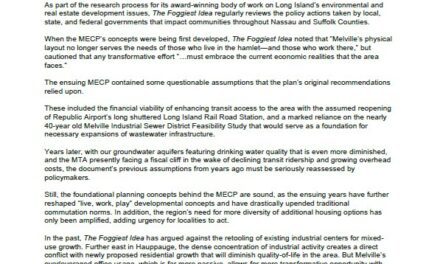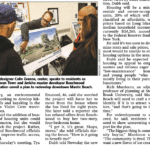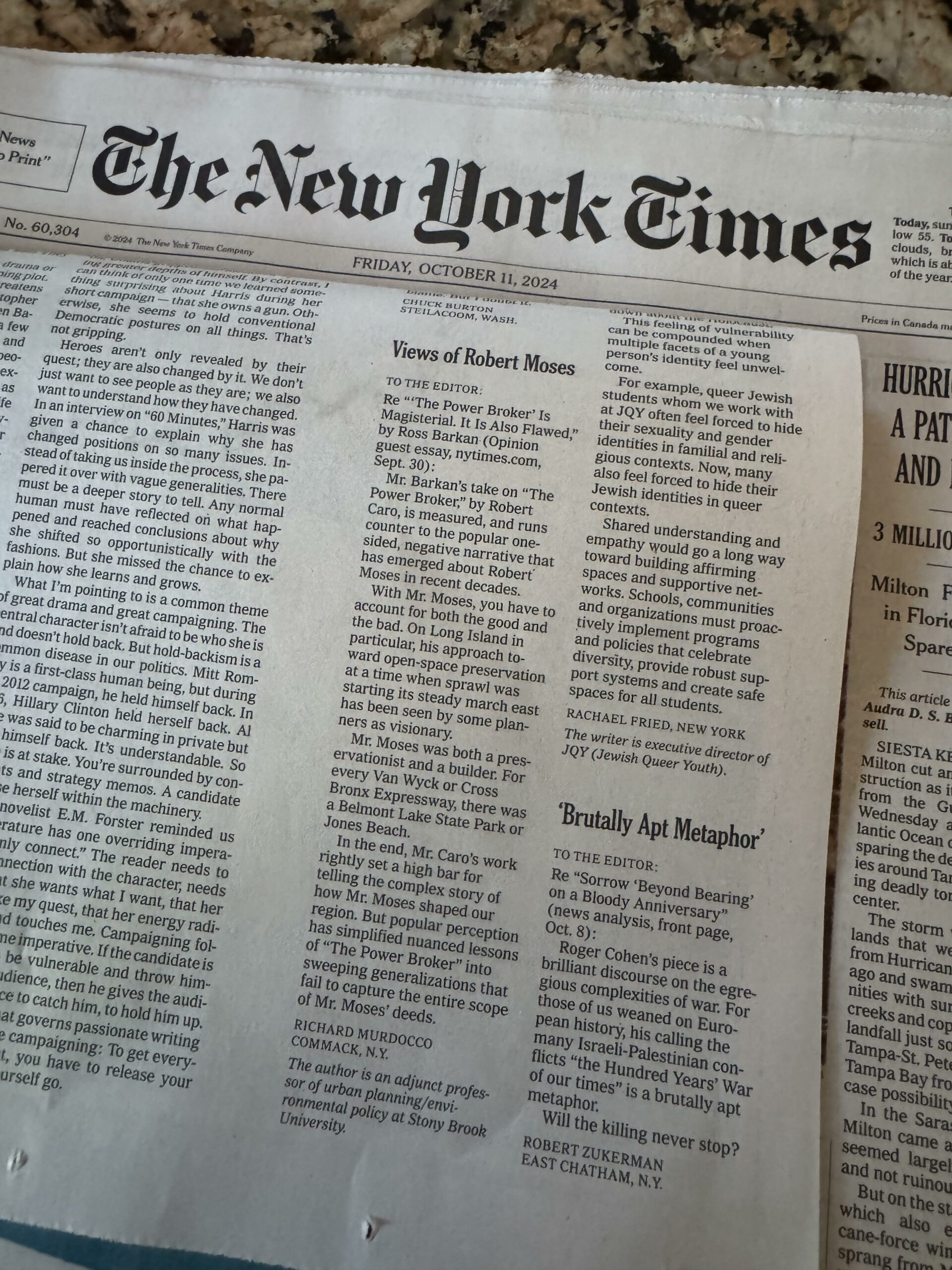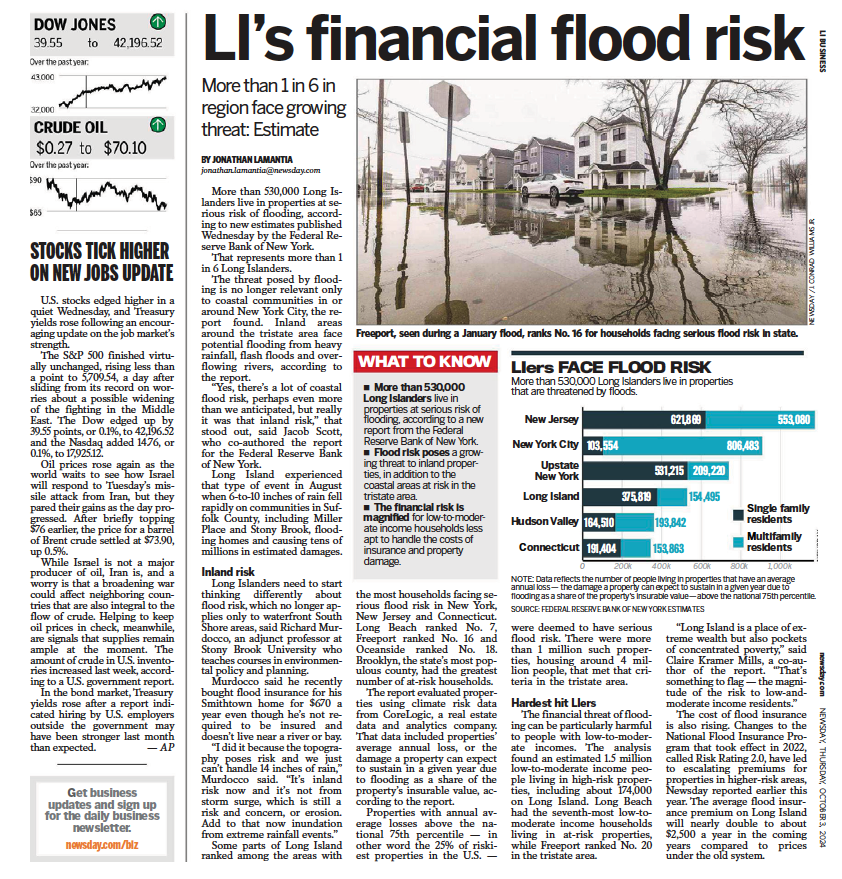The following will be presented to the MTA at the final round of public hearings for the LIRR’s Third Track Draft Environmental Impact Statement. You can find out more about the public hearings here.
My name is Richard Murdocco. I am the founder and publisher of The Foggiest Idea, and am a land use columnist who writes professionally on regional real estate development issues. I am here tonight to share my perspective on the LIRR’s Third Track.
Each week, I actively work to educate the public on the impacts of real estate development through my published writing, and advocate for sound planning principles throughout the tristate region. As a planner, I press policymakers, elected officials, and other stakeholders for data-driven land use strategies that are responsive to measured community needs. It is rare that I endorse a project, and only do so when an effort meets a clear demand.
The simple truth is that Long Island needs the Third Track, and this need will only continue to grow in the coming years. As such, I not only strongly endorse this project, but hope to help residents understand its critical role in the economic future of the New York metropolitan region.
In November 2016, I wrote an op-ed for Crain’s New York that argued the LIRR network can barely handle the demands placed upon it today, let alone the challenges ahead in future decades. The piece highlighted that the sizable investments the MTA is making in the rail system is part of a larger cohesive plan, and argued that each improvement amplifies the economic benefits of another.
With East Side Access, a new double track between Farmingdale and Ronkonkoma, and a revamped Penn Station on the horizon, it’s important to remember that all of these ample investments will be for nothing if there are only two LIRR tracks in the 9.8 mile stretch between Floral Park and Hicksville.
I wrote the piece because it’s important for people to realize that when the LIRR fails, especially in one of the most heavily trafficked rail corridors in the country, the losses in productivity and economic activity echo throughout the metropolitan area. The system presently lacks the resiliency and redundancy needed to keep the trains moving. The Third Track can help protect commuters against these costly system failures, and ensure LIRR trains keep moving.
Now is our opportunity to make an investment that will resonate in throughout Nassau and Suffolk Counties, and help us get the most out of these other large transit projects.
As I wrote in Crain’s: Such cohesive efforts will only solve our woes if the transit system is fully reliable, resilient, and functional. Simply put, both Long Island and New York City needs the third track for all of these grand plans to work. A 9.8-mile section of rail must not delay us any longer.
Richard Murdocco
Founder/Publisher,
The Foggiest Idea











